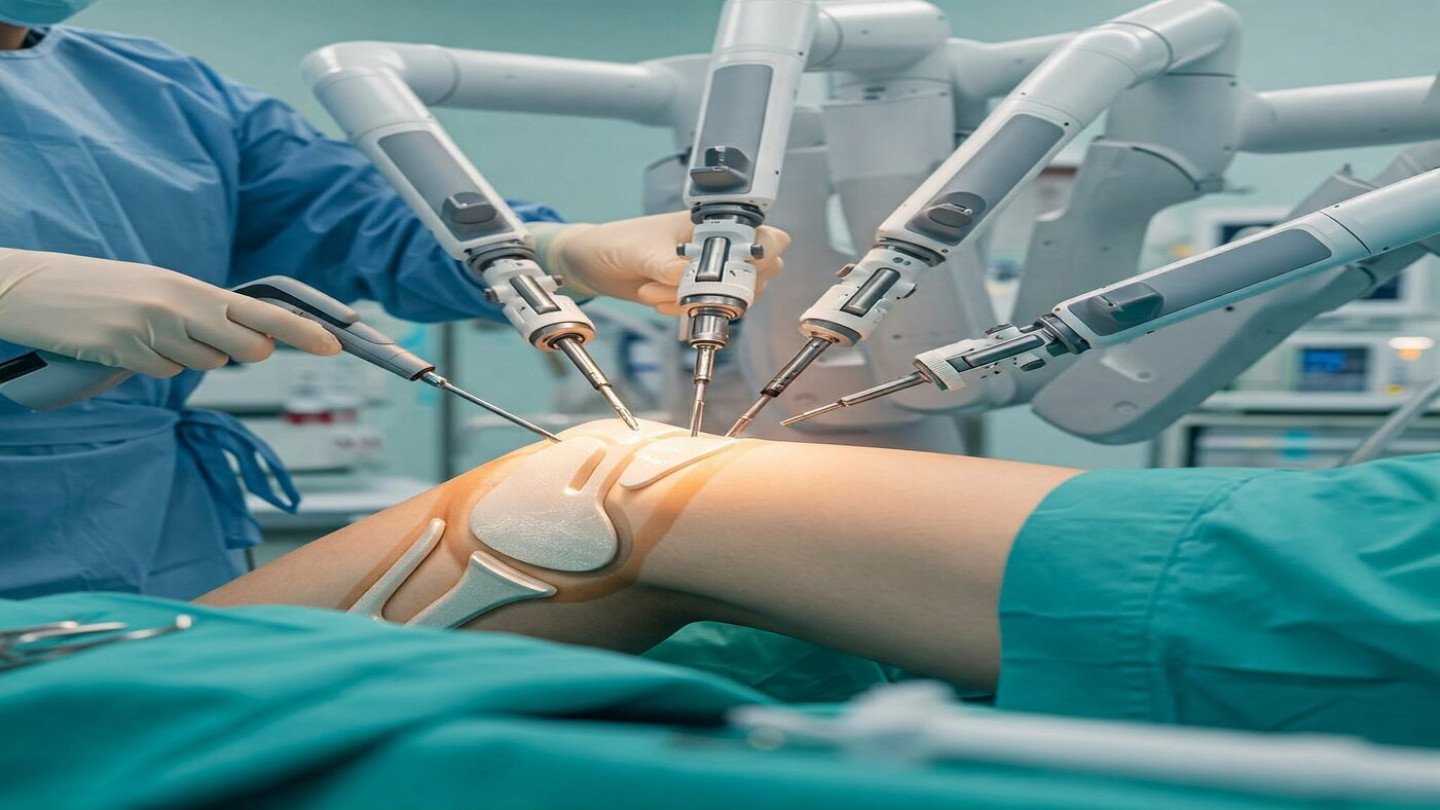Understanding Osteoporosis: The Silent Bone Disease
Osteoporosis is a progressive bone disease that weakens the bones and increases the risk of fractures. Often called a “silent disease,” it develops slowly and usually shows no symptoms until a fracture occurs. This condition mainly affects individuals over the age of 40, as bone mass naturally declines due to hormonal changes and reduced calcium absorption.
Several factors contribute to osteoporosis — including genetics, hormones, diet, and lifestyle habits. For women, menopause causes a sharp drop in estrogen, a hormone vital for maintaining bone density. Men also experience gradual bone loss due to declining testosterone levels. A diet low in calcium and vitamin D further weakens bone structure, increasing the risk of fractures.
Other risk factors include a family history of osteoporosis, sedentary lifestyle, smoking, and excess alcohol consumption. Certain medications, such as corticosteroids, can also affect bone strength. Regular Bone Mineral Density (BMD) tests are crucial for early detection, especially for people at higher risk. Early diagnosis allows for timely preventive action and lifestyle changes to preserve bone health.
Common Signs and Symptoms
After 40, it’s important to watch for early signs of osteoporosis and bone loss. One of the most common indicators is frequent or unexpected fractures, especially in the hip, wrist, or spine. These may occur even after minor falls or routine activities.
Another key symptom is a noticeable loss of height over time. This often results from spinal compression fractures, leading to slouching or a hunched posture. Persistent back pain, especially without a clear cause, may also indicate underlying bone weakness.
Because these symptoms develop gradually, many people mistake them for normal aging. However, early evaluation by a healthcare professional can make a major difference. Detecting osteoporosis early helps prevent serious fractures and long-term complications.
Expert Treatment Options at OrthoOne Clinic with Dr. Dibya Singha Das
At OrthoOne Orthopedic Clinic, Dr. Dibya Singha Das provides comprehensive care for patients looking to prevent osteoporosis and maintain strong bones after 40. His approach combines nutrition, physical activity, and lifestyle management for long-term bone health.
A balanced diet rich in calcium and vitamin D is essential. Dairy products, leafy greens, and fortified foods supply calcium, while sunlight, fatty fish, and eggs boost vitamin D levels. Together, these nutrients help strengthen bones and improve calcium absorption.
Regular exercise is equally important. Weight-bearing activities such as walking, jogging, yoga, and resistance training help increase bone density and muscle strength, reducing the risk of falls and fractures. Guided workout programs ensure safety and motivation.
Avoiding tobacco and excessive alcohol is another critical step. These habits are proven to weaken bones over time. Replacing them with healthier lifestyle choices enhances both bone and overall health.
When to Seek Professional Help
After 40, routine bone health check-ups become essential. You should consult an orthopedic expert if you experience:
-
Frequent fractures
-
Noticeable height loss
-
Persistent back or joint pain
A Bone Density Test (DEXA scan) is the standard diagnostic tool for osteoporosis. It measures bone strength and identifies individuals at risk of fractures. Women over 65 and men over 70 should undergo routine screenings. However, younger adults with risk factors—such as smoking, heavy alcohol use, or a family history of bone disease—should consider earlier testing.
Once diagnosed, treatment may include dietary changes, supplements, lifestyle adjustments, or medications to slow bone loss. Regular follow-ups with your doctor help track bone density and adjust care plans as needed.
Takeaway: Protect Your Bones for Life
Osteoporosis prevention after 40 starts with awareness, nutrition, and consistent medical care. At OrthoOne Clinic, Dr. Dibya Singha Das and his team are dedicated to helping you maintain strong, healthy bones for years to come.




Recent Comments